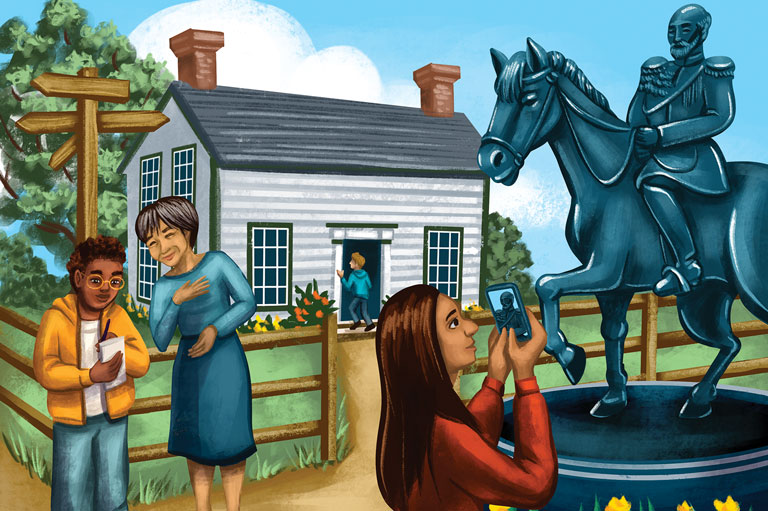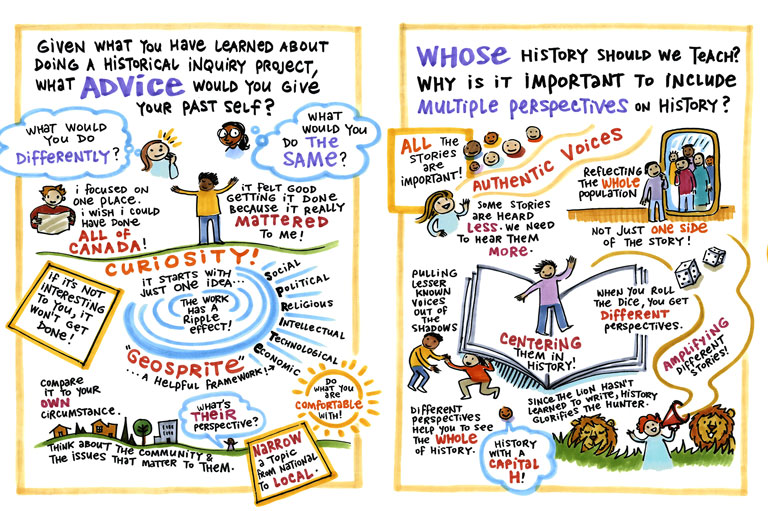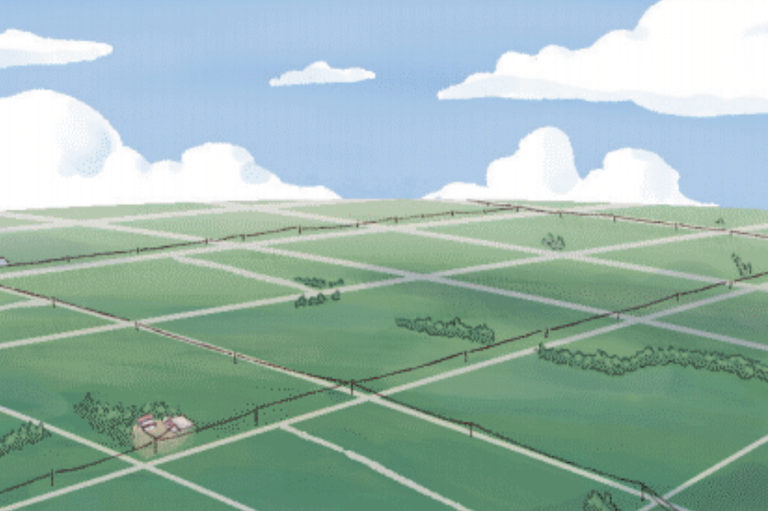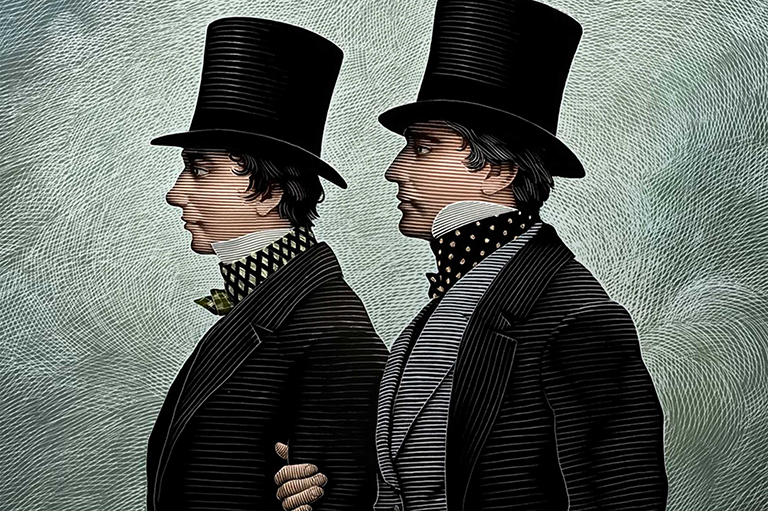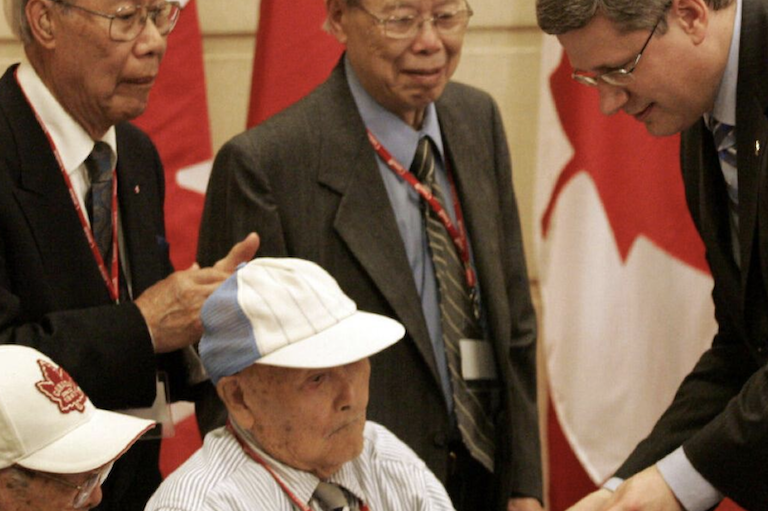Crafting Big Questions
This lesson links to the section “Question Your Story” found on pages 6 to 13 in What’s The Story?
Background
It can take time and practice for students to develop a good, open-ended, critical thinking question (we call it a Big Question). This lesson supports students in designing their own inquiry question. It corresponds to the prompt found on page 13:
Think of a topic you are interested in and try making your own big question. Keep in mind the tips on page 6. Go to CanadasHistory.ca/WhatsTheStoryQuestions to share your Big Question and see what questions other kids in Canada have!
A good inquiry question should be:
- meaningful to the student
- manageable in scope (not too narrow or too broad)
- have more than one possible answer
- require the student to make a judgment and come up with their own response after looking at lots of different sources
Activity
Students may need time to select a topic of interest. It can help to ask students to start by coming up with more than one. For example, ask students to create a list of three potential topics. Invite them to discuss their choices with you and classmates to help them discover which topics best fuel their curiosity, interest or passion.
If students are stuck, suggest these strategies:
- read the local news and try to uncover which past issues are relevant in current news stories
- interview family members about the past to discover events, people, places, objects or developments that may matter to your family or community
- identify the important events, people, places, objects or developments in the history of your personal passion (playing hockey, protecting the environment, celebrating LGBTQ+ rights and community, reading science fiction novels, etc)
Even once they’ve identified an area of interest, students may struggle to craft the “perfect” Big Question. Of course, there's no one perfect question. It may help to remind students that there are many potential interesting and worthwhile questions. Students will benefit from brainstorming sessions and question-writing sessions in small groups or with the support of the class.
Possible approaches include:
- using mini whiteboards for each small group of students to draft their questions collaboratively
- working with a partner to take turns helping each other with revisions or generating ideas
- providing a variety of sample questions on the board that students could use as “frames” or models to build their own questions
Students may find it helpful to frame their questions using the historical thinking concepts. For example, many questions that relate to the concept of historical significance can be framed as “Why should Canadians learn about X?” or “Why does X matter today?” Students can refer to the question bank on page 13 to see other examples of questions that use the historical thinking concepts.
Once students have generated several questions, ask them to sort them from narrow to broad questions or from big to little questions. Circulate and offer feedback.
Refer students back to What’s the Story? to evaluate their potential Big Questions and to help them select one that best meets the criteria found on page 6. Reassure students that they may re-evaluate their questions as they do their research and may end up revising their questions as they learn more about their topic.
Response and Reflection
Once students have come up with a Big Question, have them share their questions at CanadasHistory.ca/WhatsTheStoryQuestions.
Invite students to read some of the Big Questions provided by other students. Encourage discussion by providing questions such as:
- Are there any Big Questions that stand out to you? Are there Big Questions that meet all the criteria found on page 6?
- Can you match any Big Questions to the historical thinking concepts (historical significance, primary source evidence, continuity and change, cause and consequence, historical perspectives and ethical dimensions)?
- After reading what other students have come up with, do you have any new ideas of Big Questions you can create for your topic?
Themes associated with this article
Advertisement

